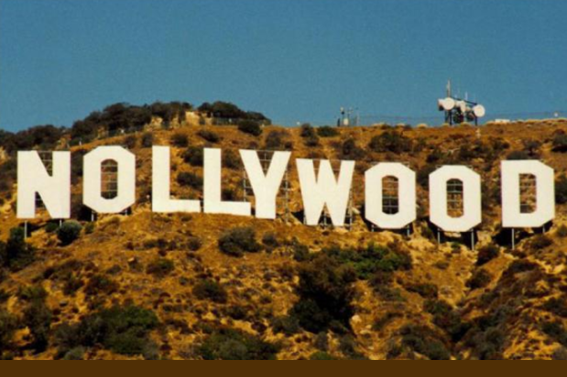The History of Nollywood and How It Started
When people talk about the biggest film industries in the world, three names usually come up: Hollywood in the United States, Bollywood in India, and Nollywood in Nigeria. While the first two have histories stretching back over a century, Nollywood is a much younger industry — yet it has grown at lightning speed to become one of the most productive film industries globally. Today, Nollywood is not only a cultural powerhouse within Africa but also a significant player on the global stage.
To understand Nollywood’s rise, it’s important to look at how it all began, the circumstances that gave birth to it, and the milestones that shaped its evolution.
The Roots: Storytelling Before Nollywood
Long before there were films, Nigeria had a rich tradition of oral storytelling, theatre, and performance. Folktales, masquerades, village plays, and traveling theatre groups were a major form of entertainment and education. These cultural practices laid the foundation for Nigerian film because they nurtured a love for stories that reflect everyday struggles, family dynamics, morality, and humor.
In the colonial era and the years after independence, stage performances — especially Yoruba traveling theatre — became very popular. These productions blended drama, comedy, music, and dance. Icons such as Hubert Ogunde, Duro Ladipo, and Kola Ogunmola became household names for their theatre works. When television spread in the 1960s and 70s, many of these productions transitioned from the stage to TV, further shaping audience tastes.
The First Wave: Early Nigerian Films (1960s–1970s)
Nigeria gained independence in 1960, and this political change was accompanied by efforts to build a national identity through arts and culture. During this time, the Nigerian Film Unit, a government agency, produced documentaries, newsreels, and educational shorts.
The first full-length feature films in Nigeria were often made on celluloid. Notable early films included Kongi’s Harvest (1970), adapted from a play by Nobel laureate Wole Soyinka, and Shehu Umar (1976). These productions were usually expensive, technically demanding, and often funded or co-produced by the government or foreign partners.
However, because the infrastructure for distribution and cinema exhibition was weak, many of these films had limited reach. By the late 1970s, the oil boom and increased urbanization supported a growing cinema culture, with movie theatres across major cities screening both local and international films.
The Decline of Cinemas in the 1980s
The rise of home video was not unique to Nigeria; it was a global trend. But in Nigeria, the 1980s brought additional challenges. The economy was struggling due to falling oil prices, political instability, and inflation. Many cinema houses fell into disrepair, and some were converted into churches or event halls.
Celluloid film production was expensive, requiring equipment and technical expertise that most Nigerian filmmakers could not afford. Piracy also worsened, discouraging investment. By the mid-1980s, the cinema industry had almost collapsed, leaving a vacuum for another form of film production to emerge.
The Birth of Nollywood: The Video Revolution of the 1990s
What truly gave birth to Nollywood was the explosion of direct-to-video filmmaking. Instead of shooting on costly celluloid, Nigerian filmmakers turned to cheaper video cameras and VHS technology.
The watershed moment is widely credited to Living in Bondage (1992), produced by Kenneth Nnebue. This Igbo-language film told the story of a man who joins a secret cult to gain wealth but is haunted by the ghost of his wife, whom he sacrificed. Shot on video and distributed on VHS tapes, the film was a massive hit across Nigeria.
“Living in Bondage” proved that Nigerian audiences were hungry for locally made films that reflected their realities, languages, and cultural values. It also showed filmmakers that video technology could bypass the need for expensive cinemas. Instead, films could be sold or rented in markets, shops, and street corners.
Following its success, hundreds of films were quickly produced in the same format, with themes ranging from love and betrayal to witchcraft, politics, and family drama.
Characteristics of Early Nollywood Films
The first generation of Nollywood films had distinct traits:
- Low Budgets: Most were shot quickly, sometimes in less than two weeks, with minimal equipment.
- Home Video Distribution: Movies were released on VHS and later on VCDs and DVDs, sold in markets across Africa.
- Cultural Authenticity: Stories were deeply Nigerian, using local languages, proverbs, and moral lessons.
- Prolific Output: By the late 1990s and early 2000s, Nigeria was producing hundreds of films per year, eventually surpassing Hollywood in sheer quantity.
This model turned Nollywood into a grassroots industry. Anyone with a camera, crew, and access to distribution could make a film, leading to rapid growth.
The Global Recognition: 2000s Expansion
By the early 2000s, Nollywood had become a household name not just in Nigeria but across Africa and the diaspora. Nigerian films were popular in Ghana, South Africa, East Africa, and among African communities abroad. The industry had developed recognizable stars such as Genevieve Nnaji, Ramsey Nouah, Omotola Jalade-Ekeinde, and Pete Edochie, who became pan-African celebrities.
However, critics often complained about low production quality, repetitive storylines, and lack of professional standards. Still, Nollywood had something few industries in the world had achieved: a self-sustaining, audience-driven model that didn’t rely on Western studios.
The New Nollywood: Cinematic Renaissance (2010s–Present)
Around the 2010s, Nollywood began to shift again, this time back to cinema. The emergence of multiplexes in major cities, coupled with better technology, allowed filmmakers to explore higher-quality productions.
This “New Nollywood” era is marked by films like:
- The Wedding Party (2016), which became the highest-grossing Nigerian film of its time.
- October 1 (2014), a period thriller by Kunle Afolayan, known for its technical excellence.
- Lionheart (2018), directed by Genevieve Nnaji, which became the first Nigerian film acquired by Netflix.
These films showcased better cinematography, sound design, and international-standard storytelling, while still maintaining Nigerian cultural identity.
Streaming platforms like Netflix, Amazon Prime Video, and Showmax have also fueled the growth of Nollywood, making films more accessible worldwide. This has opened the door for global collaborations and funding.
Nollywood Today: A Global Cultural Force
Today, Nollywood is estimated to be worth billions of dollars, employing hundreds of thousands of people across acting, directing, production, marketing, and distribution. It produces over 2,000 films annually, making it one of the most prolific film industries in the world.
Its influence extends beyond film: Nollywood has shaped fashion, music videos, memes, and even political discourse in Nigeria. Films like King of Boys (2018) have shown the industry’s ability to tackle complex political themes while entertaining audiences.
Moreover, Nollywood has inspired other African industries to grow, making Africa a rising hub for creative economies.
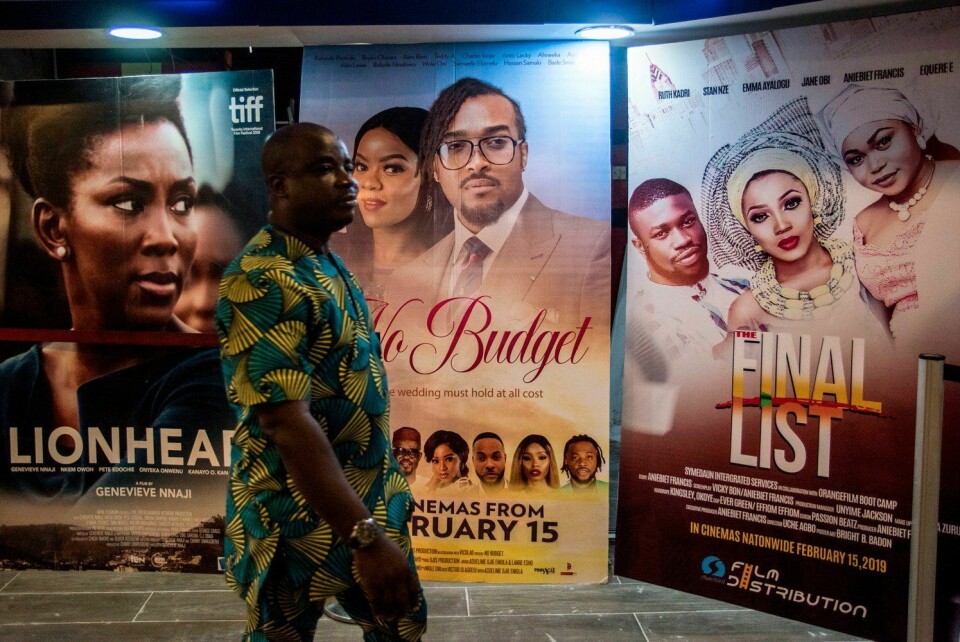

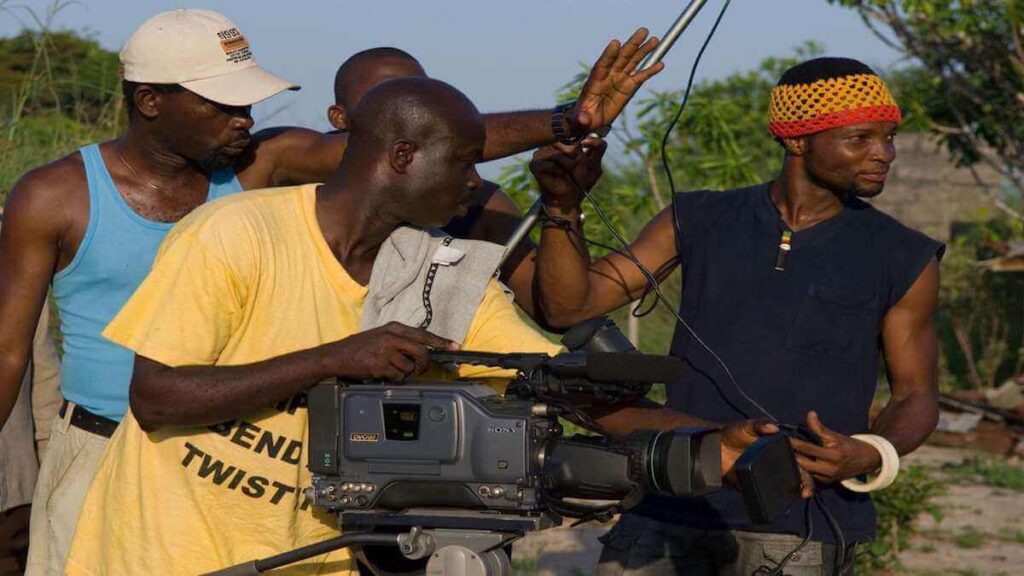
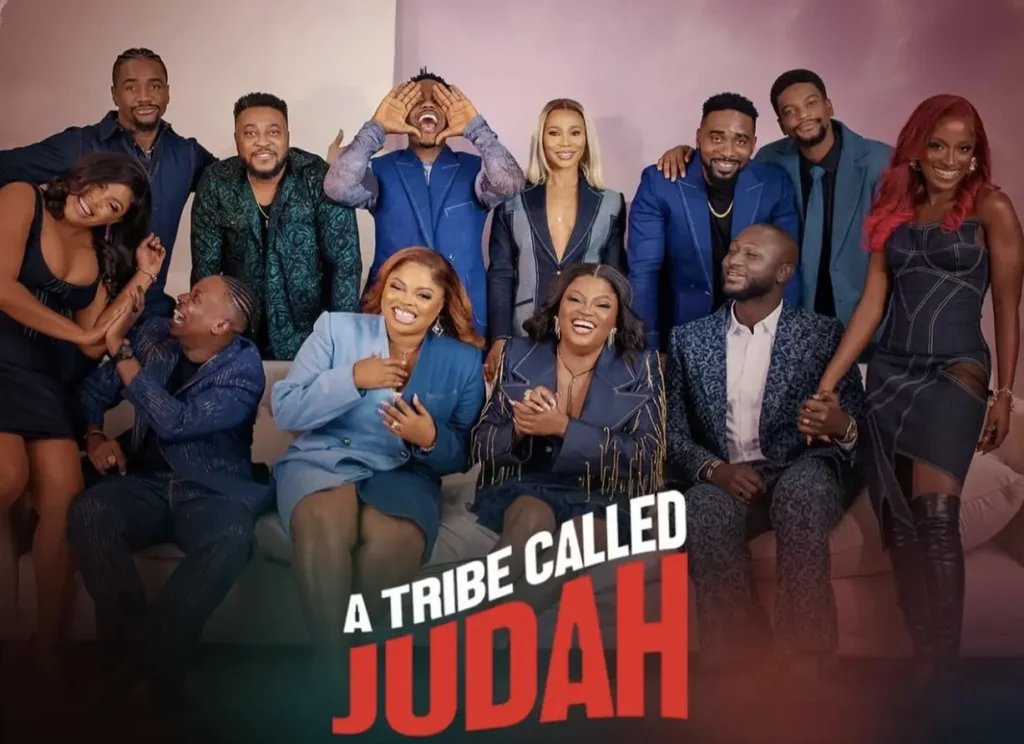

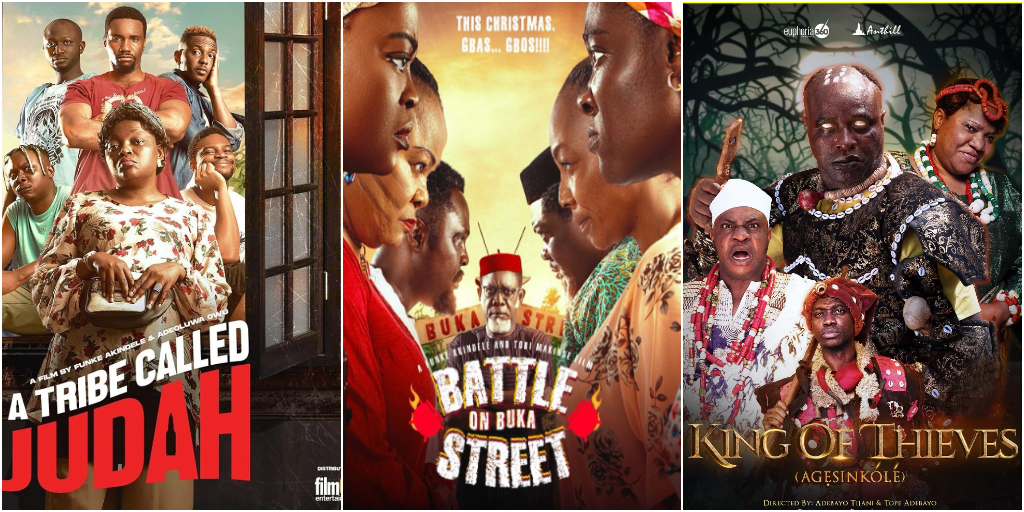
Challenges Facing Nollywood
Despite its success, Nollywood still faces significant hurdles:
- Piracy – A long-standing problem that eats into profits.
- Funding – Many filmmakers struggle with limited budgets despite rising production costs.
- Infrastructure – There are still relatively few cinemas compared to Nigeria’s population.
- Distribution – Reaching rural audiences remains a challenge, even with streaming platforms.
- Global Standards – While progress is clear, Nollywood is still working to consistently match Hollywood and Bollywood in terms of quality.
Why Nollywood Matters
Nollywood is not just about entertainment; it’s about identity, cultural pride, and storytelling power. The industry gives Nigerians — and Africans at large — the ability to tell their own stories in their own voices, rather than relying on outsiders’ depictions.
It also shows what is possible when creativity meets resilience. Nollywood wasn’t built with government funding or Hollywood budgets. It grew out of necessity, innovation, and a deep desire to create stories for ordinary people.
Conclusion
ALSO READ : Family Meets Jux: Priscilla Ojo & Rakeem in Tanzania
The history of Nollywood is a story of determination, improvisation, and cultural passion. From oral traditions and traveling theatre, through the struggles of early cinema, to the video revolution of the 1990s and the global streaming era of today, Nollywood has constantly reinvented itself.
Its journey reminds us that storytelling is universal, and that even in the face of economic hardship, creativity finds a way to thrive. What began as low-budget VHS films in Lagos markets is now a global industry shaping how Africa is seen around the world.
As Nollywood continues to evolve, one thing is certain: its story has only just begun, and the world is watching.

